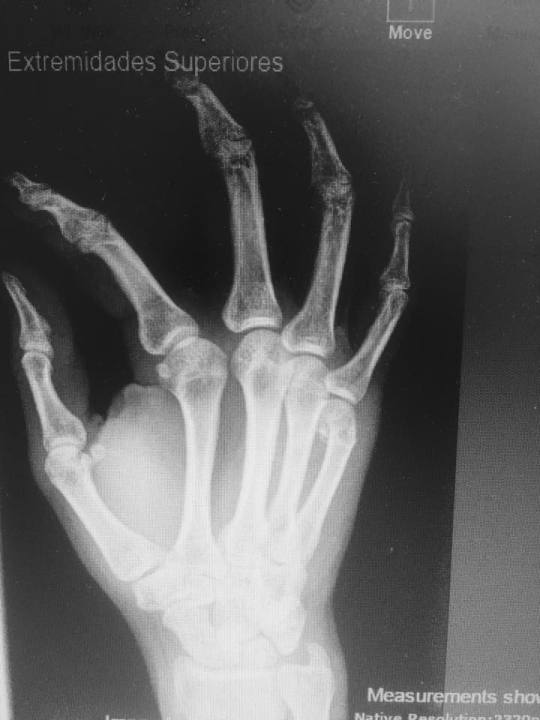Reliability and safety of a new upper cervical spine injury treatment algorithm
Fuente
Este artículo es originalmente publicado en:
Este artículo es originalmente publicado en:
De:
2017 Feb;75(2):107-113. doi: 10.1590/0004-282X20160200.
Todos los derechos reservados para:
This is an Open Access article distributed under the terms of the Creative Commons Attribution License, which permits unrestricted use, distribution, and reproduction in any medium, provided the original work is properly cited.
Abstract
METHODS:
Thirty cases, previously treated according to the new algorithm, were presented to four spine surgeons who were questioned about their personal suggestion for treatment, and the treatment suggested according to the application of the algorithm. After four weeks, the same questions were asked again to evaluate reliability (intra- and inter-observer) using the Kappa index.
RESULTS:
The reliability of the treatment suggested by applying the algorithm was superior to the reliability of the surgeons’ personal suggestion for treatment. When applying the upper cervical spine injury treatment algorithm, an agreement with the treatment actually performed was obtained in more than 89% of the cases.
CONCLUSION:
The system is safe and reliable for treating traumatic upper cervical spine injuries. The algorithm can be used to help surgeons in the decision between conservative versus surgical treatment of these injuries.
Resumen
MÉTODOS:
Treinta casos, previamente tratados de acuerdo con el nuevo algoritmo, se presentaron a cuatro cirujanos de columna que fueron interrogados acerca de su sugerencia personal para el tratamiento, y el tratamiento sugerido de acuerdo a la aplicación del algoritmo. Después de cuatro semanas, se volvió a hacer las mismas preguntas para evaluar la fiabilidad (intra e interobservador) usando el índice Kappa.
Treinta casos, previamente tratados de acuerdo con el nuevo algoritmo, se presentaron a cuatro cirujanos de columna que fueron interrogados acerca de su sugerencia personal para el tratamiento, y el tratamiento sugerido de acuerdo a la aplicación del algoritmo. Después de cuatro semanas, se volvió a hacer las mismas preguntas para evaluar la fiabilidad (intra e interobservador) usando el índice Kappa.
RESULTADOS:
La fiabilidad del tratamiento sugerido por la aplicación del algoritmo fue superior a la fiabilidad de la sugerencia personal de los cirujanos para el tratamiento. Al aplicar el algoritmo de tratamiento de lesiones cervicales superiores, se obtuvo un acuerdo con el tratamiento efectivamente realizado en más del 89% de los casos.
CONCLUSIÓN:
El sistema es seguro y confiable para tratar lesiones traumáticas de la columna cervical superior. El algoritmo se puede utilizar para ayudar a los cirujanos en la decisión entre el tratamiento conservador versus quirúrgico de estas lesiones.
PMID: 28226080 DOI:
[PubMed – in process]




